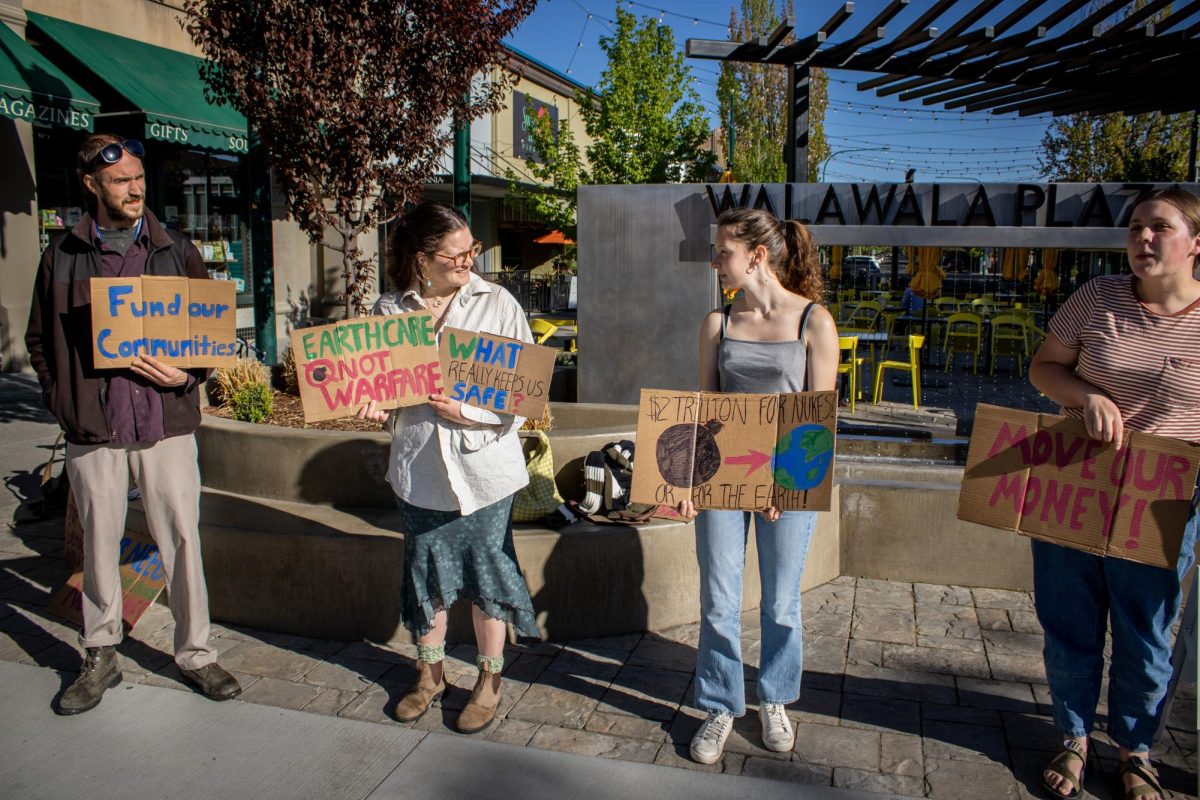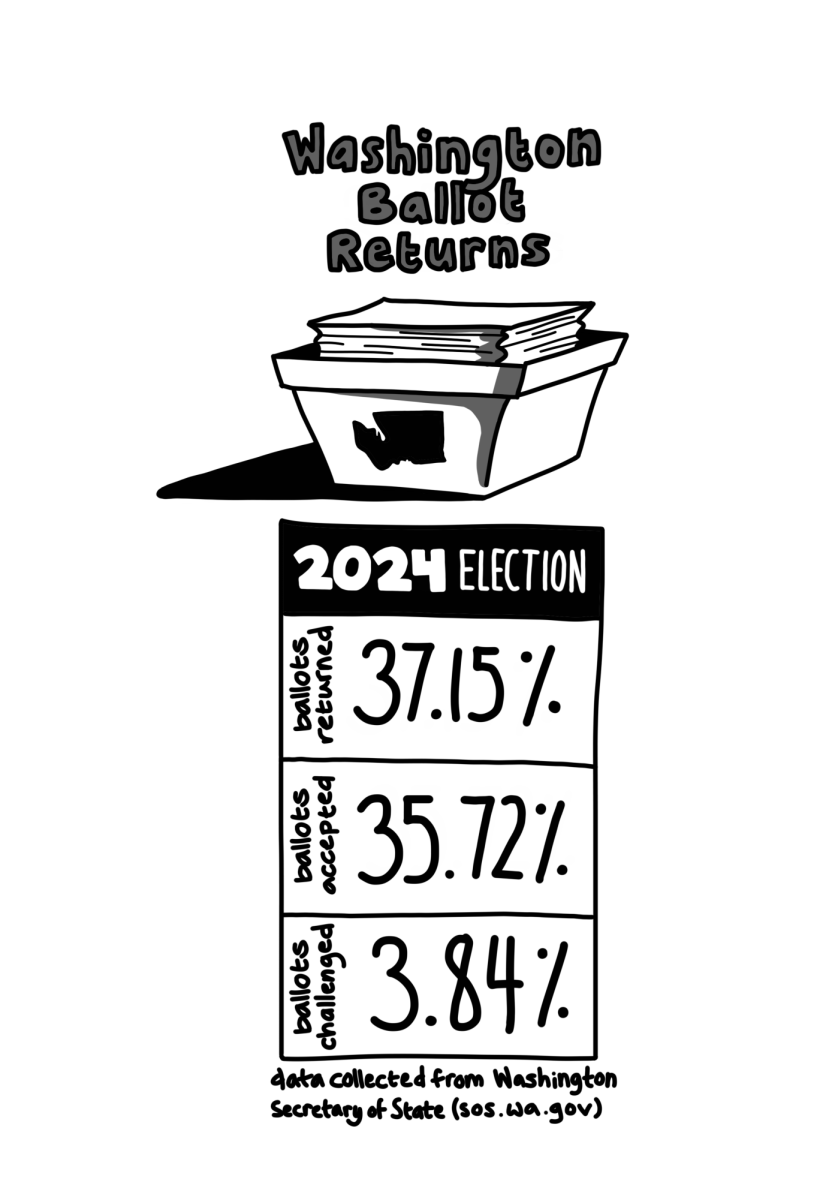Home to 15 million year old basalt flows, southeastern Washington’s Wallula Gap has interested a conglomerate of power companies now proposing the site for a $2.2 billion low emissions coal energy plant. Proponents are enthusiastic about the application of a new method of basaltic carbon dioxide capture, a technology projected to cut typical coal plant emissions by nearly two-thirds. Successful implementation of the project could redefine the future of coal energy by limiting the source’s now significant contribution to climate change.
The basaltic method is the first of sequestration technologies to do more than merely store the greenhouse gas underground. Studies have shown that liquidized CO2 injected into basalt will permanently mineralize into harmless calcium carbonate inside the porous volcanic rock.
If on-site testing goes well, the power plant, hopeful to be operational by 2013, will generate baseload power of 600 megawatts, enough to satisfy one-third of Seattle’s electricity needs.
The plant’s generation methods will also help to reduce the CO2 of combustion by converting the coal to synthetic gas. The technology called IGCC, Integrated Gasification Combined Cycle, harnesses more energy by optimizing the combined energy cycle with the gasification of coal energy into a cleaner burning, more thermally efficient syngas. Since carbon is easily removed during gasification, IGCC is ideal for carbon capture. Due to high costs and concerns over reliability, only two of these plants are operating in the United States today. Still, the Wallula proposal is one of several pending confirmation by 2012 and with improving technology energy experts project a greater influx over the next decade.
Leading the country in CO2 regulatory measures, Washington State recently introduced a ceiling on baseload emissions to 1,100 pounds of carbon dioxide per megawatt hour, an emission equal to that of modern natural gas plant. Therefore, without the success of the sequestration project, coal has no future in northwest power. Meeting these guidelines will require the Wallula Power Project to sequester 65 percent of regular coal combustion emissions.
Executive Director of the Port of Walla Walla Jim Kuntz is enthusiastic to work with the Wallula Resource Recovery LLC, telling Danielle Dixon of the Union-Bulletin that the project’s combination of cutting edge technologies holds “incredibly neat implications for environmental stewardship.” In an era of climate change and higher energy consumption, scientists in highly populated nations like coal rich India and China are watching for the outcome of Wallula Energy Resources’ feasibility pilot study beginning within just a few weeks.
The study will involve drilling a 4,000 foot well at the proposed site and injecting 3,000 to 4,000 tons of liquid carbon dioxide into selected basalt layers. Monitoring the chemical reactions and potential leaking will take a couple of years; in the meantime experts will consider cost effectiveness. Sequestration is an expensive method and before construction will be approved, project proponents will need to consider costs of the entire process: initial construction, rail shipment of Powder River Basin coal, conversion to synthetic natural gas, existing transmission capacity and the actual sequestration. Highly dependent upon power purchase agreements and federal subsidies, funding will also take time.
While some community members fear increased industrialization of the area and the altered landscape of a unique geological formation, the project is predicted to provide 800 jobs during peak construction and at least 100 jobs paying upwards of $50 an hour during operation.
Skeptics, like those at Earth Justice and the National Resource Defense Commission, point to the remaining emissions (still equal to natural gas burning), an unknown CO2 capacity of the basalt plateau, the continued reliance on non-renewable resources and the environmental damage of the coal mining itself. For many, this proposal is not a solution, only a temporary mainstay against the inevitability of pollution and depletion. While applauding the focus of CO2 capture, Professor Bob Carson said, “Our focus still needs to shift from the construction of new plants and increased generation. The solution lies more in finding ways to curb consumption.”
Indeed, facing challenges of increased power demands, generation costs and emission regulations, power companies have taken to promoting and actually subsidizing conservation. A willingness to invest in conservation parallels the fast increasing environmental necessity and economic viability of newer technologies like this one of CO2 siphoning and sequestration.







